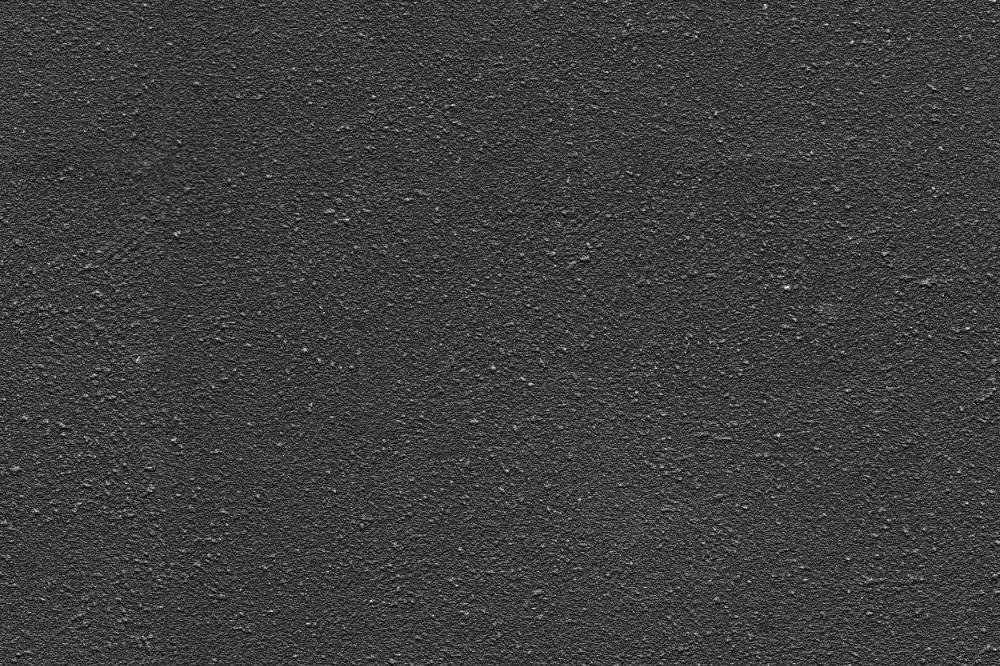Render
Category
Finishes
Download
Edit
A light, white finish for walls and ceilings, this lime based render can be used to smooth over rough textured walls such as blockwork; or to create cool, calm, open atmospheres, while providing a neutral backdrop to man-made and synthetic materials, colours and textures. The rough, textured finish is caused by air bubbles forming and bursting as the render sets, creating pock marks on the otherwise smooth surface. Render is a durable, weather resistant protective coating used externally for masonry and panelling in exposed, rough climatic conditions. While render and plaster coatings are both usually similar in terms of constituent ingredients and properties, render is the term given when it it is applied externally, while plaster normally denotes the indoor use. Lime render is typically a mixture of sand, water and lime – commonly crushed limestone or chalk – which improves adhesion and weather resistance. This particular material is a natural white colour, although can be pigmented before application, or painted after installation to the desired colour, while it can be treated differently to achieve a coarse, utilitarian appearance; a smooth, uniform finish; or a more decorative, textured coating to highlight or mimic concrete or natural stone.
Lime based renders don’t normally contain aggregates, making it much easier to remove blemishes without the need to completely re-plaster the whole wall. Modern lime and Venetian plater are durable and resilient, being easy to wipe clean, or have scrapes and marks removed by sanding or light cleaning, due to advancements in plaster mixes and technology. This allows for quick and easy fixes, where a damaged portion can easily be re-plastered and blended in to the existing wall, while being as flexible and easy to apply as most paints. Lime renders are also breathable and nontoxic, making them environmentally sustainable and moisture and mould resistant as they allows moisture to escape from the substrate without building up. The use of render is becoming considerably more common again nowadays thanks to contemporary technology; lime renders are much easier to apply and more durable than traditional variants.
A centuries-old technique for protecting concrete, brick or mud structures from the elements, it is still commonly used across Europe, parts of America, the Middle East, Africa and Asia, particularly in coastal locations and areas with high rainfall to protect from inclement weather and damage from salt spray. Historical use dates back millennia to Indian temples, Egyptian tombs and extensively in Roman architecture. It is imperative that the backing layer is installed properly and a rough first coat is applied to aid adhesion, as the render can be brittle and crack if not laid correctly. Most contemporary coats of render use an acrylic base as it has superior bonding strength, flexibility and water resistance due to the inclusion of synthetic polymers and can be applied by trowel, brush or sponge, taking 2 instead of 28 days to cure.
A seamless finishes texture with a render surface. Seamless textures can be tiled repeatedly across a surface without visible seams making them useful for architectural drawings and 3D models. This image can be used as a SketchUp texture, Revit material or imported into Photoshop for use in 2D illustrations. A high resolution version of this texture is available, as well as CAD hatches and PBR maps with Architextures Pro.

